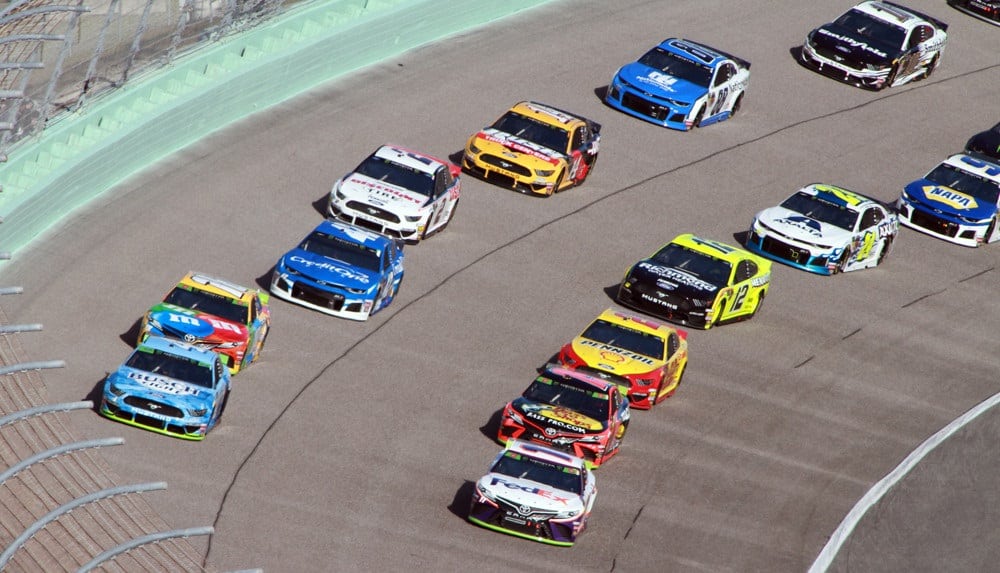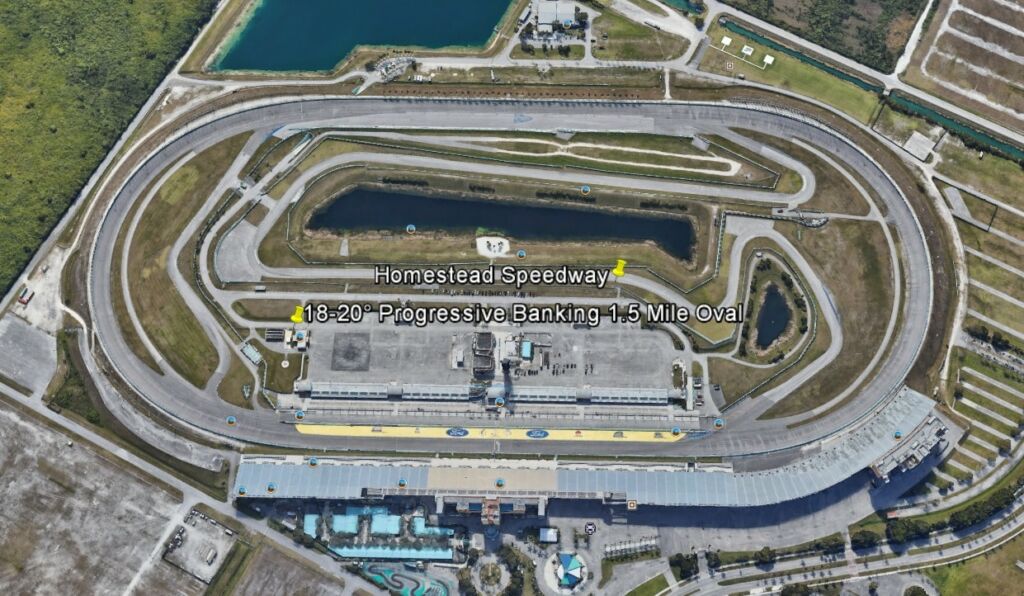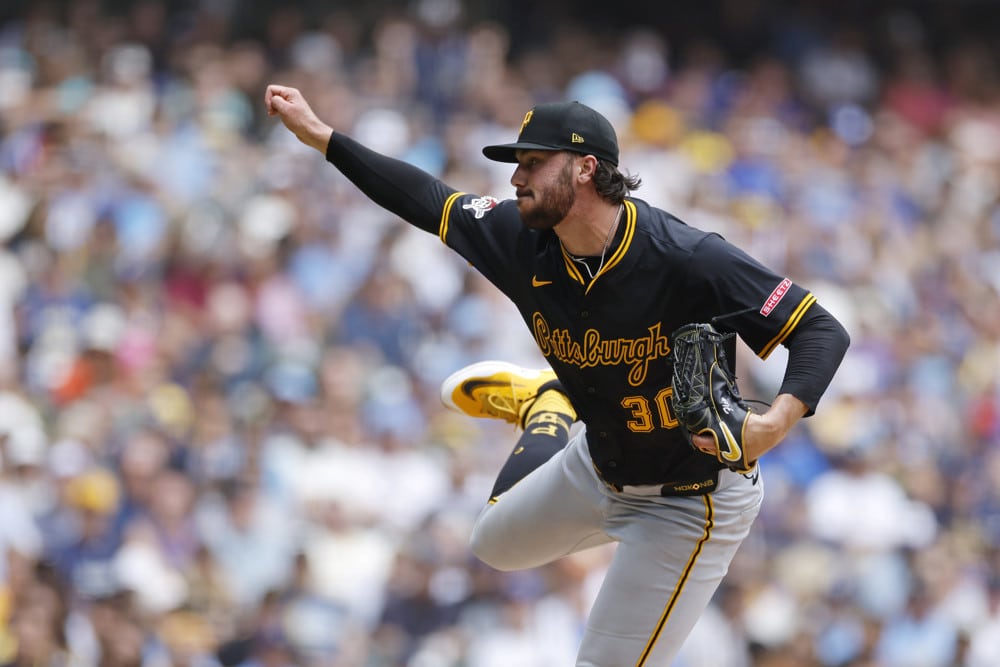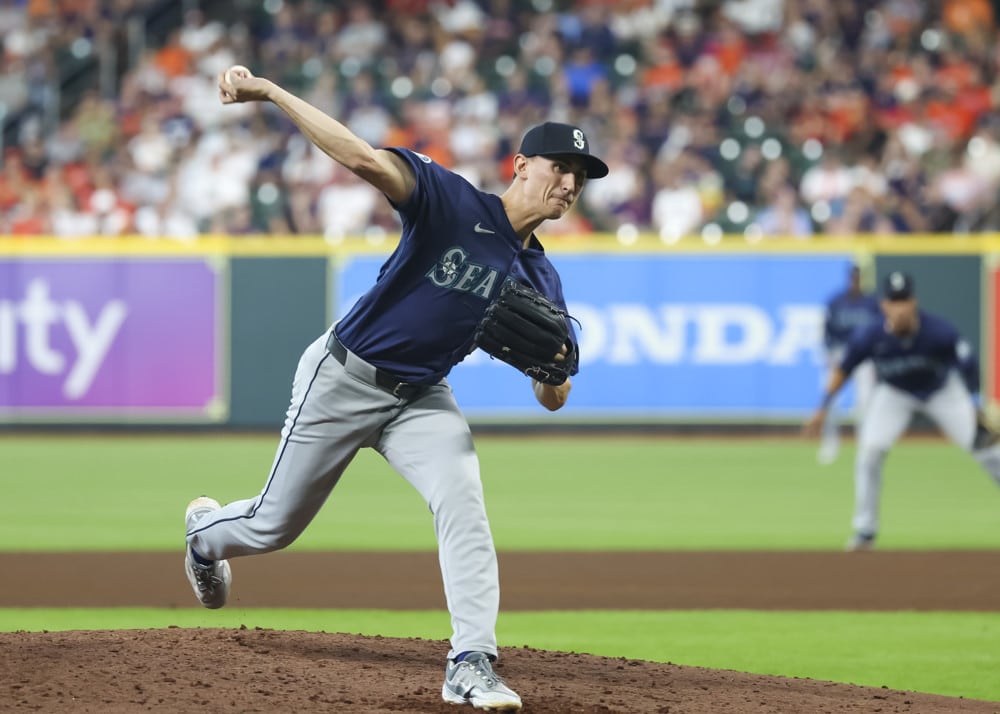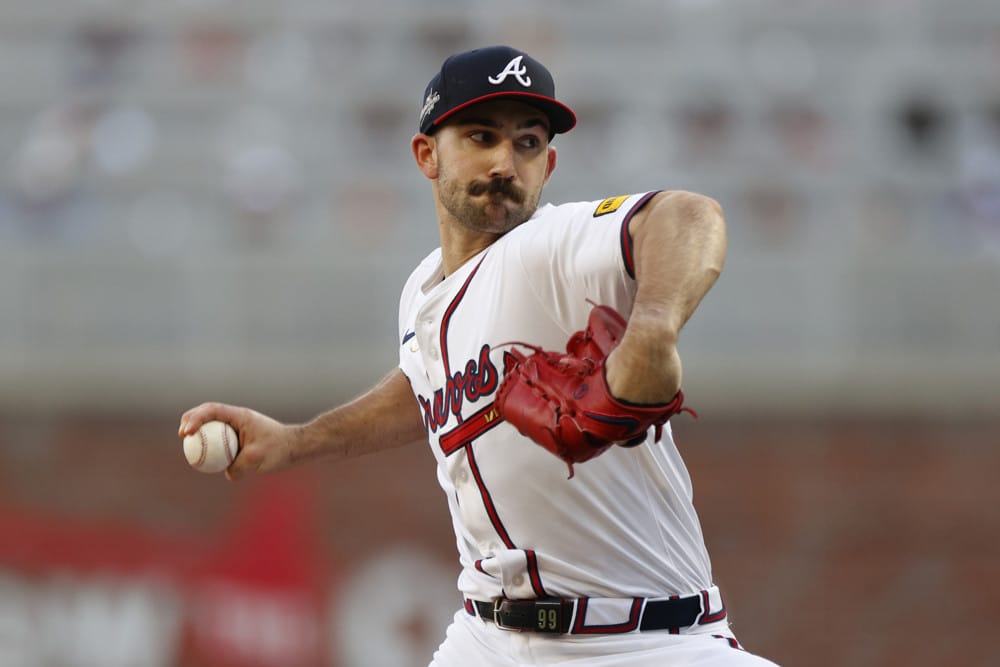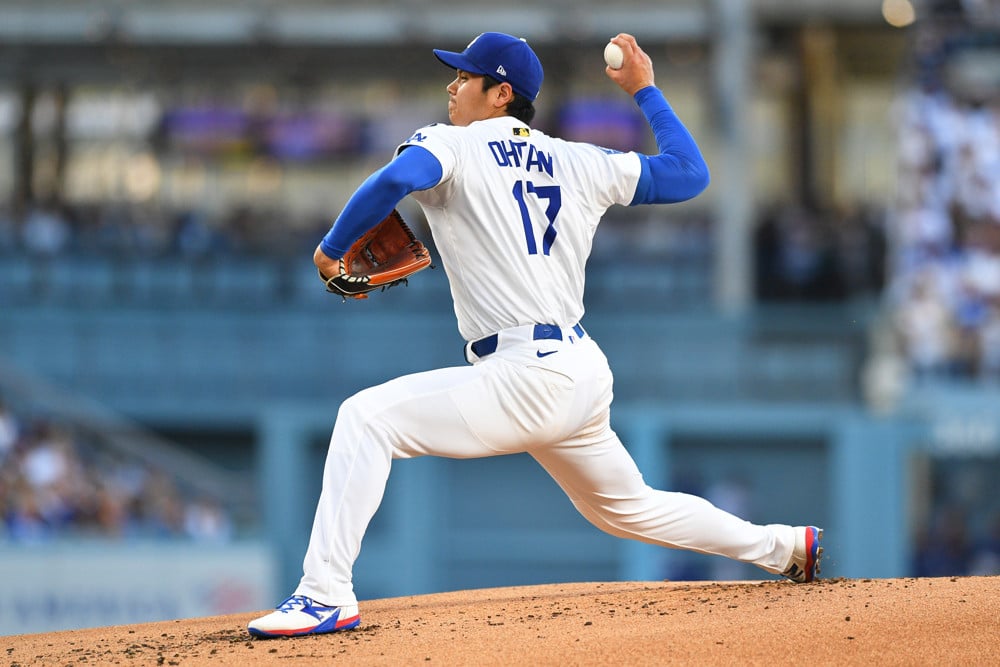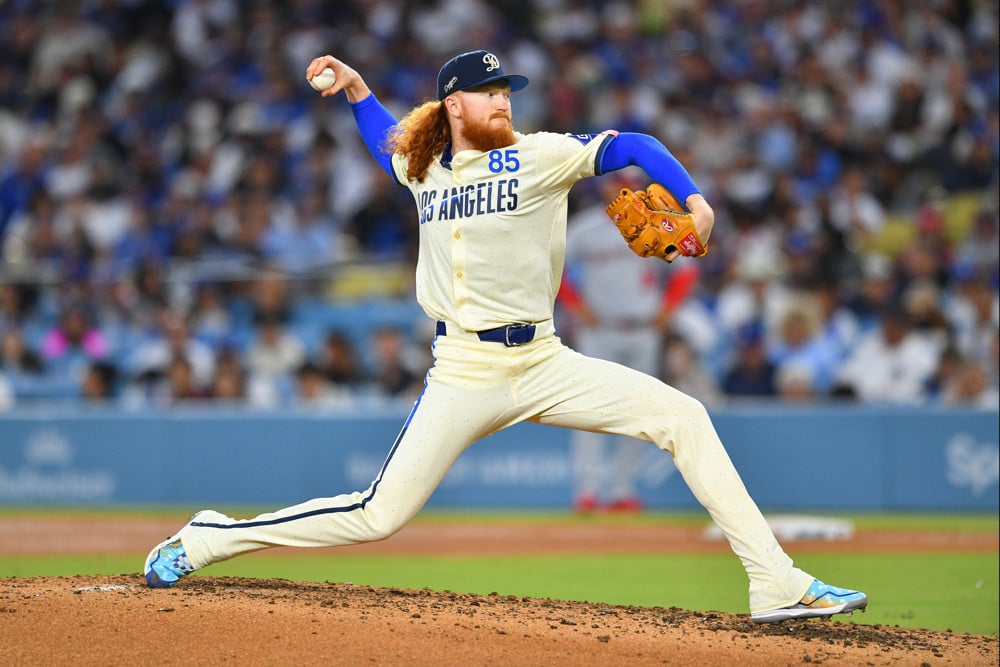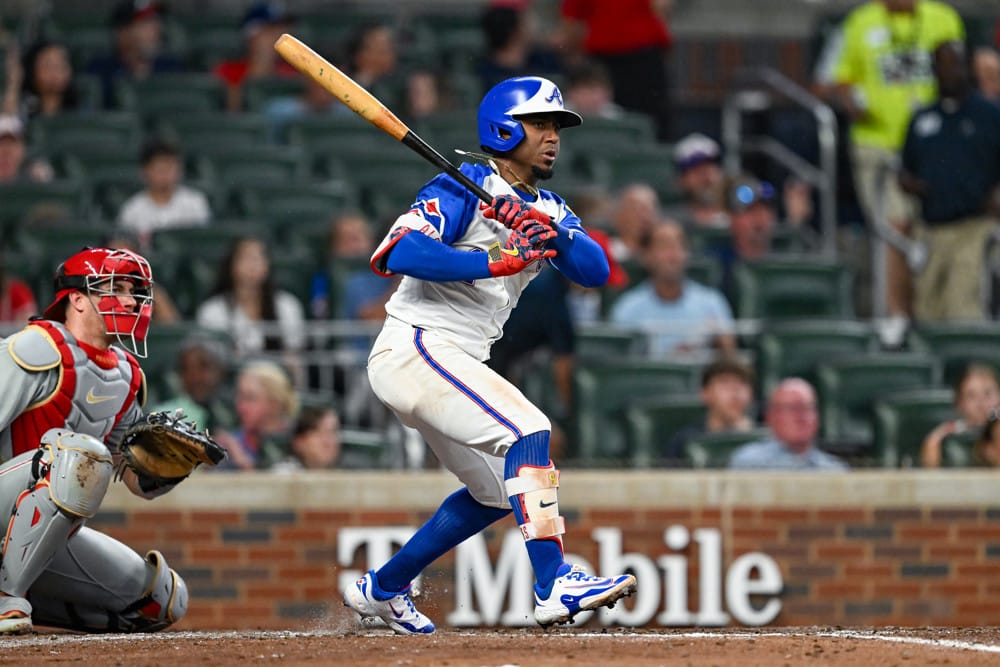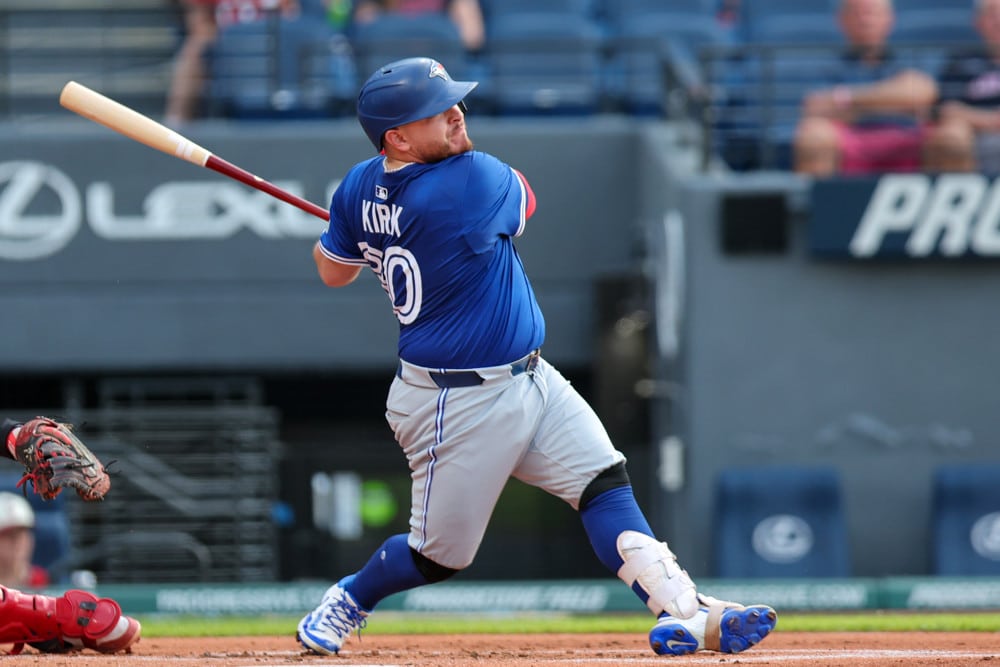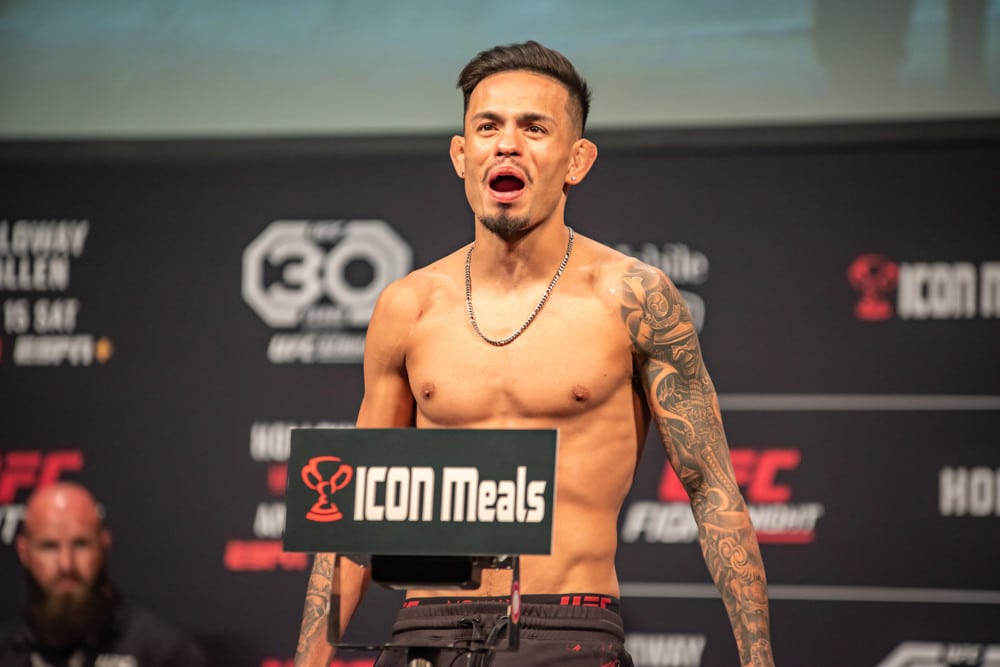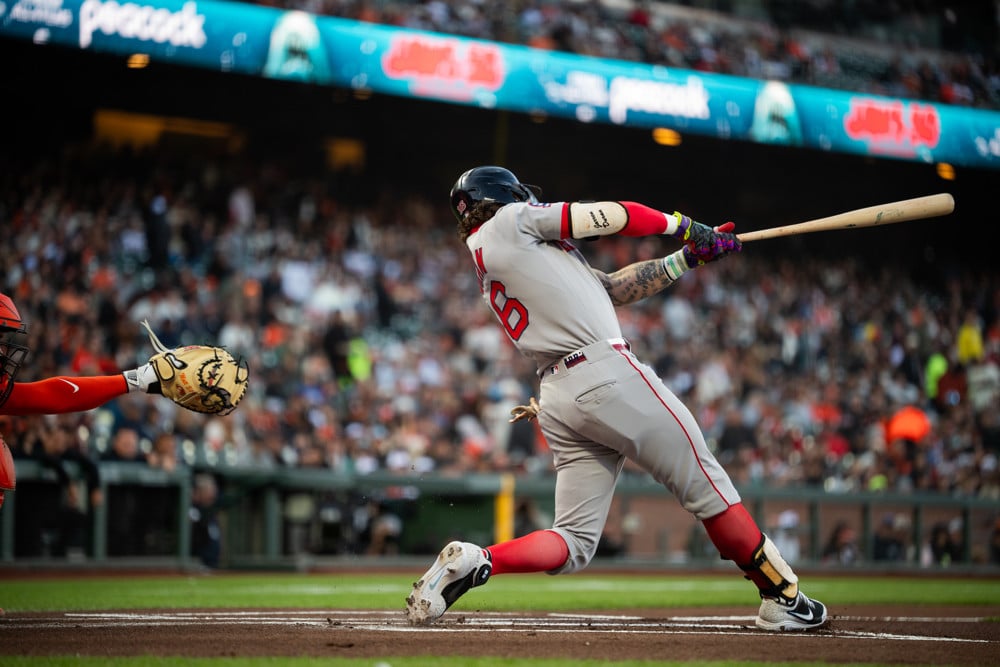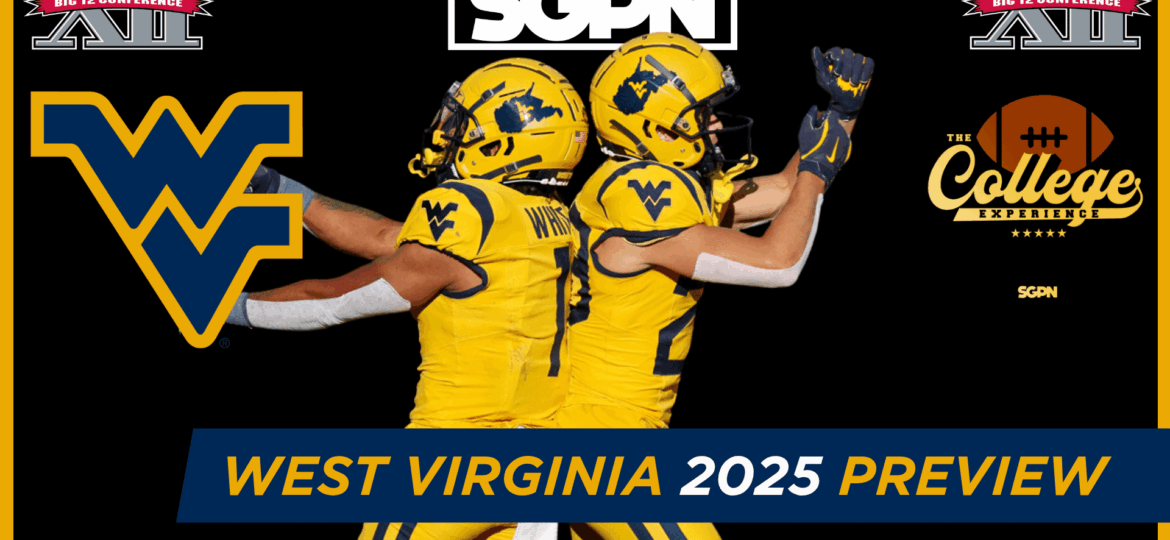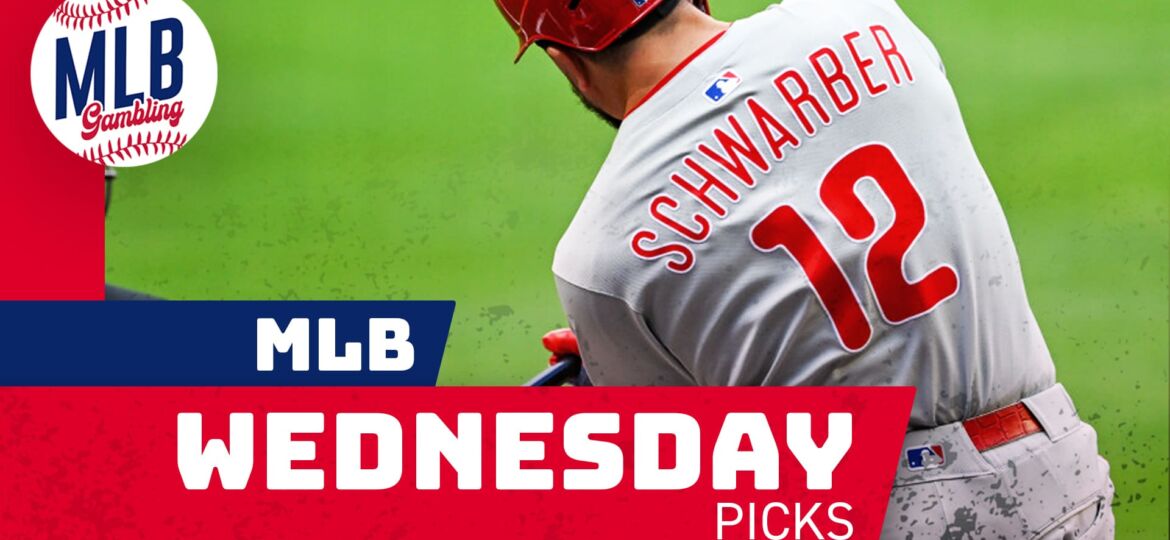After a slow slog around Martinsville Raceway, the speeds will pick up around the high flying 1.5 mile oval in Homestead, FL as the fastest stock car drivers in America race in the Dixie Vodka 400.
Here’s everything to know about the track and the race before putting together a DFS Lineup (values courtesy of DraftKings).
Recent Winners
2019 – Kyle Busch
2018 – Joey Logano
2017 – Martin Truex Jr.
2016 – Jimmie Johnson
Track History
While the track has been around for almost 30 years, it’s one of the newer tracks on the NASCAR schedule. Ground for construction of the track broke in 1993 in an effort to revitalize the area after the devastation of Hurricane Andrew. In 1995, track construction was completed and first played host to Xfinity Series races, Truck Series races and IndyCar races. It wasn’t until 1999, however, before the Sprint Cup Series made its debut at Homestead-Miami Speedway on the regular schedule.
When first constructed, the track was a very flat 1.5 mile oval that tried to resemble the characteristics of Indianapolis Motor Speedway. It was only 1.5 miles long and had more traditional oval turns than the rectangular IMS, and it limited the overall excitement of the races. It was very difficult for the stock cars to hold enough grip to carry speed through the corners to allow for passing, and the track was criticized as boring. This was alleviated in 2003 when the corners were rebuilt for 18-20 degree progressive bankings. This immediately improved the product of racing at the track to allow for more passing, and both the fans and the drivers were very receptive to the new changes.
In 2002, Homestead-Miami speedway took over for Atlanta Motor Speedway as the season ending finale of the NASCAR schedule. This coincided with the advent of the NASCAR playoff format in 2004, and the track has played host to some of the most dramatic championship deciding races in history. Between the mad sprint to the finish in 2004 between Jeff Gordon, Jimmie Johnson and Kurt Busch, to Tony Stewart and Carl Edwards dueling for the title there in 2011, to the do-or-die Final Four format since 2014, there are plenty of fond memories of the races at Homestead-Miami for NASCAR fans.
Unfortunately, the track was booted from the series finale slot starting this year and has been shuffled back earlier in the schedule. The race now has lost a lot of its former intrigue and drama.
In terms of handicapping, Homestead-Miami is one of the trickier ones to analyze. It doesn’t really compare to any other track on the schedule. If anything, it most closely resembles the old format of Atlanta Motor Speedway before it became a quad-oval. In addition, its place on the schedule previously might have influenced how well prepared and motivated the teams were to race it. Since the elimination format was adopted in 2014, the race has been won by one of the Final Four drivers every year, with those competitors having a Top 4 finish 2/3 of the time.
A conspiracy theorist might suggest that NASCAR juices up the Final Four cars to ensure that all four drivers duel for the win and that the winner of the Championship is the winner of the race. Or a more level headed person may suggest that there’s a gentleman’s agreement for the non-Final Four drivers to stay out of their way and not race them hard so they don’t have a material impact on the outcome of the championship. Either way, this race’s new placement on the schedule makes looking back at track history a little more difficult because it lacks the context of the factors described above.
Other Race Notes
1. The starting lineup once again will be drawn from random based on year to date owner points. Spots 1-12 will comprise of the current Top 12 in ownership points at random, followed similarly by spots 13-24 for the next group of cars, followed again by cars 25-36 in ownership points at random, with the remaining four spots filled by other non-chartered NASCAR teams.
For the full field, click here.
2. As mentioned above, relying on track history at Homestead-Miami misses out on some circumstances of the race. But from a results perspective the two dominant teams at the track are the Penske and Joe Gibbs cars. The Penske cars have a combined average finish of 8.8 the last three races at Homestead-Miami, while the Joe Gibbs cars have an average of 11.8 and have led the most laps at the track in that time frame.
Overall Stewart Haas appears to have strong cars at Homestead-Miami as well, but that is primarily thanks to Kevin Harvick alone. Harvick hasn’t finished lower than 4th the last three years there, but the rest of the team only has managed three top 10’s combined and haven’t led any laps.
3. In terms of non-Final Four race teams, the ones who have enjoyed the most success at Homestead-Miami are the Richard Childress, Roush Fenway and Chip Ganassi cars. While the Ganassi cars have experienced some bad luck at the track in terms of finishes, their cars have led the second most laps at Homestead-Miami since 2017. Unfortunately, those were done by Kyle Larson alone, who is no longer with the organization.
As for Richard Childress and Roush Fenway cars, while they’ve only combined for three Top 10 finishes none of their cars have finished lower than 19th in any race there. Collectively, their average finish across both teams is 12.7. Several of these cars start deeper in the field thanks to the random qualifying draw, and there are opportunities for DFS players to snatch a few of them up for the potential for bonus positional points.
DFS Picks
Chase Elliott – $11,000: The Hendrick cars overall haven’t had good recent success at Homestead-Miami speedway, but Elliott’s results have been the best of the bunch. Elliott starts 5th on Sunday and has finished 5th and 7th in his last two Homestead-Miami races. He comes into this race not off the heels of deflating playoff eliminations like his previous two trips there, and his team should be much more motivated to dial in the car set up with the higher stakes.
Kyle Busch – $10,100: I can’t imagine the level of frustration for Kyle Busch right now. His season has not gotten off to a great start and he was dreadful on Wednesday on one of his favorite race tracks. There should be a sense of urgency for both him and his team to get a win on a very successful race track for him. Kyle Busch starts 4th and I expect him to not only get to the lead quickly, but to stay there most of the day on Sunday.
Ryan Blaney – $8,800: Blaney is on a tear and should stand to benefit having better resources put into his car for a Homestead-Miami race. He never made the Final Four at Homestead, meaning most of the Penske energy had gone to his teammates instead of him. Blaney starts 11th on Sunday and as long as he avoids trouble he should comfortably post a Top 10 day at minimum.
Tyler Reddick – $7,300: Reddick has hit a bit of a rookie wall after impressing early on in the year with four straight blah performances. But the Richard Childress race cars have been successful at Homestead-Miami, and he should be able to climb from his starting position of 24th for a good finish.
Erik Jones – $6,500: Jones has been a popular DFS pick the last few weeks but hasn’t lived up to the billing. He doesn’t have a great track record at Homestead-Miami and didn’t draw the most favorable starting spot for positional bonus points. But he benefits from his membership of having Joe Gibbs technology under the hood and has the upside for a very fast race car. His ceiling is high for his low price point.
Austin Dillon – $6,200: Austin Dillon has an average finish of 10th his last three races at Homestead-Miami and has found much more consistency race to race than previous years. Austin Dillon starts 16th on Sunday and should at least maintain that position through the finish to be a useful contributor at the end of a DFS lineup.


